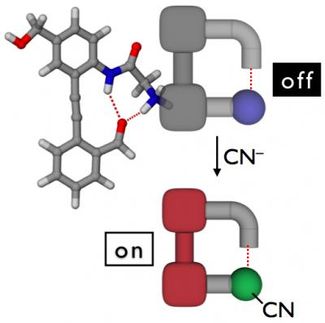Mexico ‘dead zone’: impact of oil spill unclear
Advertisement
University of Michigan aquatic ecologist Donald Scavia and his colleagues say this year’s Gulf of Mexico “dead zone” is expected to be larger than average, continuing a decades-long trend that threatens the health of a $659 million fishery.
The 2010 forecast, released today by the U.S. National Oceanic and Atmospheric Administration, calls for a Gulf dead zone of between 6,500 and 7,800 square miles, an area roughly the size of Lake Ontario.
The most likely scenario, according to Scavia, is a Gulf dead zone of 6,564 square miles, which would make it the Gulf’s 10th-largest oxygen-starved, or hypoxic, region on record. The average size over the past five years was about 6,000 square miles.
It is unclear what impact, if any, the Deepwater Horizon oil spill will have on the size of this year’s Gulf dead zone because numerous factors are at work, the researchers say.
“We’re not certain how this will play out. But one fact is clear: The combination of summer hypoxia and toxic-oil impacts on mortality, spawning and recruitment is a one-two punch that could seriously diminish valuable Gulf commercial and recreational fisheries,” said Scavia, Special Counsel to the U-M President for Sustainability, director of the Graham Sustainability Institute, and a professor at the School of Natural Resources and Environment. Farmland runoff containing fertilizers and livestock waste – some of it from as far away as the Corn Belt – is the main source of the nitrogen and phosphorus that cause the annual Gulf of Mexico hypoxia zone. Each year in late spring and summer, these nutrients flow down the Mississippi River and into the Gulf, fueling explosive algae blooms there.
When the algae die and sink, bottom-dwelling bacteria decompose the organic matter, consuming oxygen in the process. The result is an oxygen-starved region in bottom and near-bottom waters: the dead zone.
This year, the situation is complicated by uncertainties related to the Gulf oil spill. If sufficient oil reaches the area typically subject to summer hypoxia, the size of this summer’s Gulf dead zone could increase for two reasons: microbial breakdown of oil, which consumes oxygen, along with the oil’s potential to reduce diffusion of oxygen from the air into the water, the process that normally replenishes oxygen levels in the water column, Scavia said. On the other hand, the presence of oil could restrict the growth of hypoxia-fueling algae, helping to limit the size of the Gulf dead zone.
The five largest Gulf dead zones on record have occurred since 2001. The biggest occurred in 2002 and measured 8,484 square miles.
“The growth of these dead zones is an ecological time bomb. Without determined local, regional and national efforts to control them, we are putting major fisheries at risk,” Scavia said.
Hypoxia forecasts help coastal managers, policy makers and the public better understand what causes dead zones. The computer models that generate the forecasts have been used to determine the nutrient-reduction targets required to shrink the size of the Gulf dead zone.































































